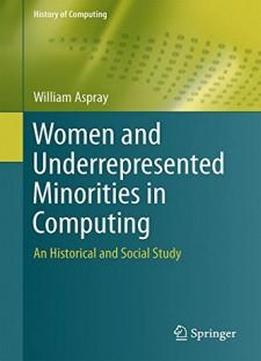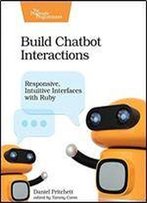
Women And Underrepresented Minorities In Computing: A Historical And Social Study (history Of Computing)
by William Aspray /
2016 / English / PDF
3.6 MB Download
This text examines in detail the issue of the underrepresentation
of women, African Americans, American Indians, and Hispanics in the
computing disciplines in the U.S. The work reviews the underlying
causes, as well as the efforts of various nonprofit organizations
to correct the situation, in order to both improve social equity
and address the shortage of skilled workers in this area. Topics
and features: presents a digest and historical overview of the
relevant literature from a range of disciplines, including leading
historical and social science sources; discusses the social and
political factors that have affected the demographics of the
workforce from the end of WWII to the present day; provides
historical case studies on organizations that have sought to
broaden participation in computing and the STEM disciplines;
reviews the different approaches that have been applied to address
underrepresentation, at the individual, system-wide, and
pathway-focused level; profiles the colleges and universities that
have been successful in opening up computer science or engineering
to female students; describes the impact of individual
change-agents as well as whole organizations.
This text examines in detail the issue of the underrepresentation
of women, African Americans, American Indians, and Hispanics in the
computing disciplines in the U.S. The work reviews the underlying
causes, as well as the efforts of various nonprofit organizations
to correct the situation, in order to both improve social equity
and address the shortage of skilled workers in this area. Topics
and features: presents a digest and historical overview of the
relevant literature from a range of disciplines, including leading
historical and social science sources; discusses the social and
political factors that have affected the demographics of the
workforce from the end of WWII to the present day; provides
historical case studies on organizations that have sought to
broaden participation in computing and the STEM disciplines;
reviews the different approaches that have been applied to address
underrepresentation, at the individual, system-wide, and
pathway-focused level; profiles the colleges and universities that
have been successful in opening up computer science or engineering
to female students; describes the impact of individual
change-agents as well as whole organizations.











